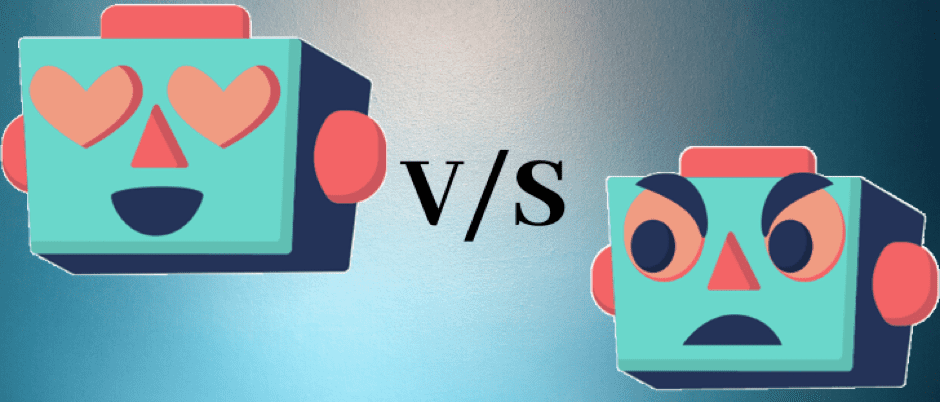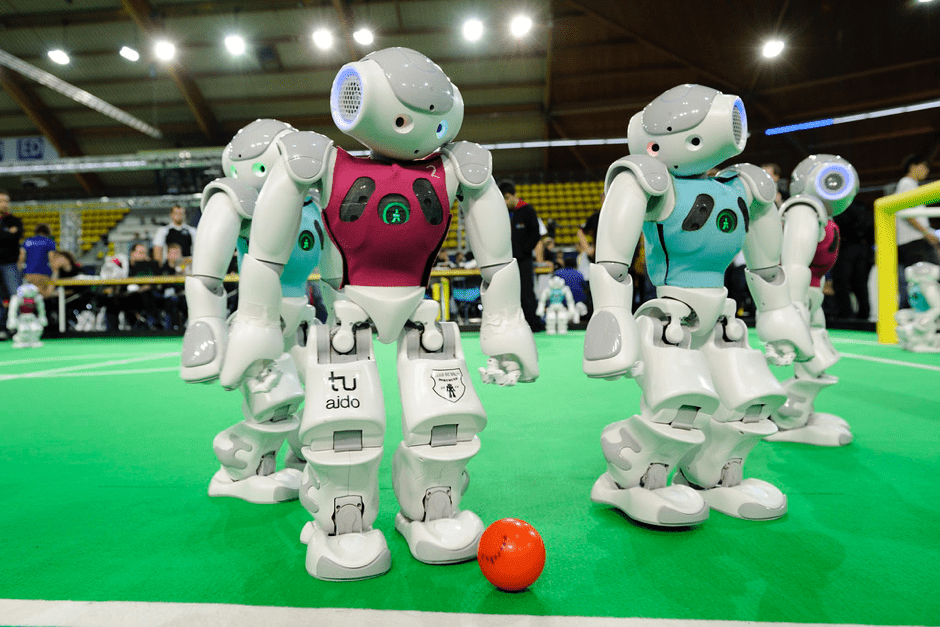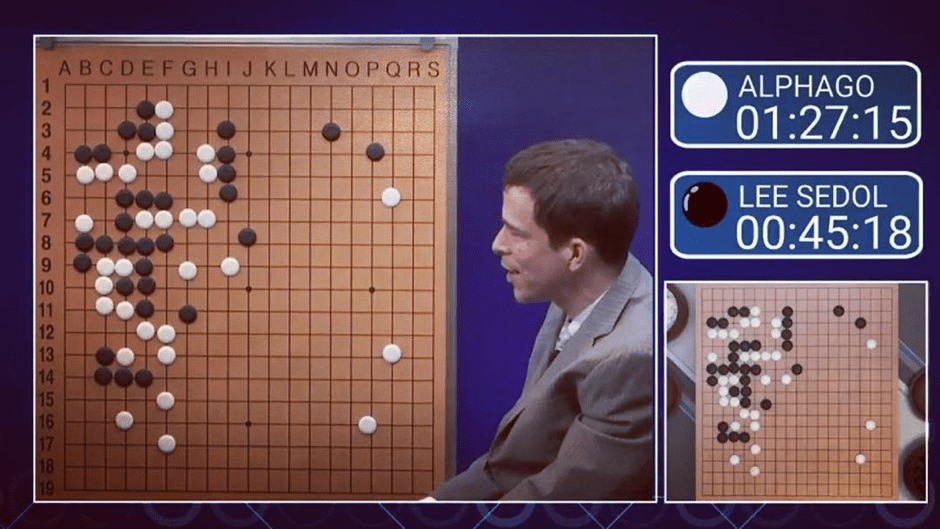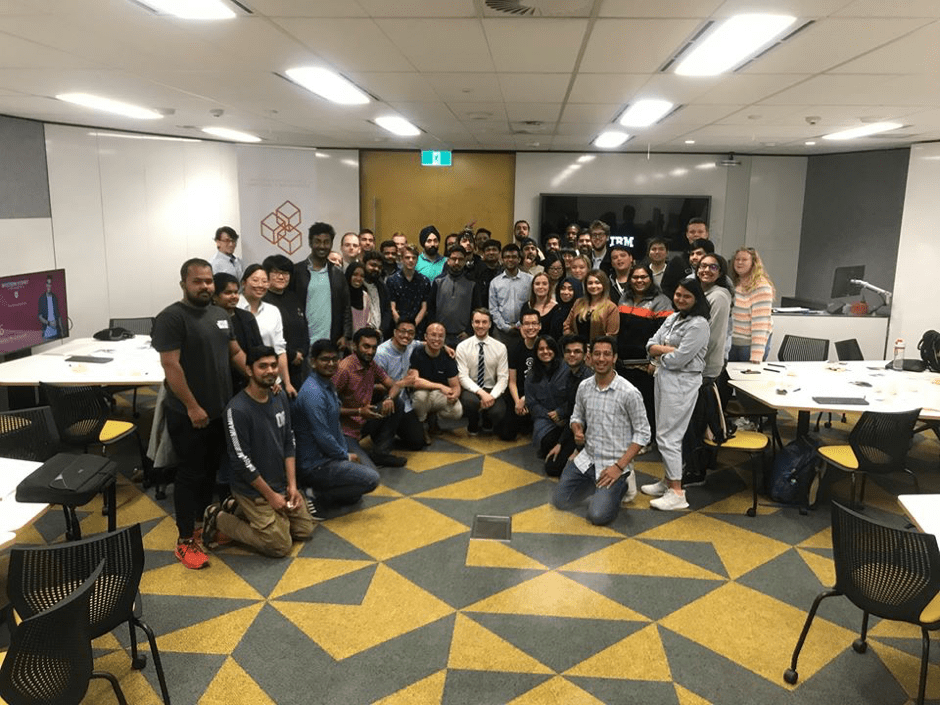
Illustration by Ishmamul Haque Source: Canva
Can human consciousness be encapsulated in a machine? Is it possible to replicate personhood into an inanimate object? The advent of AI in the modern era has further complicated the debate. Samiha Yusuf and Surpiya Mayuri of the Western Association of Computing and Mathematics (WACM) catalogue a timeline of AI through the ages.
Before 1950s:
Artificial intelligence, abbreviated as AI, is not a modern concept but an ancient one with its roots in 380BC. Intellectuals would muse about calculating machines and mechanised humans capable of thought. But rudimentary computers with exuberant prices barred further experiments.

Check out this movie based on the life of AI phenomenon Alan Turing. Source: Flickr.com
1960s:
British polymath, Alan Turing ignited AI revolution in the 1950s. His test to determine intelligent machine behaviour indistinguishable from human behaviour was the recognition of modern artificial intelligence. Algorithm driven development by computer scientists in the ‘60s would eventually open the doors for the first humanoid Japanese robot in the ‘70s.
1980s:
This decade would see American scientists John Hopfield and David Rumelhart bring deep learning – a method to teach computers using experience – into the foray of AI vernacular. Edward Feigenbaum’s expert systems would display that machines are able to mimic the decision making processes of a human expert. Japan’s fifth generational computing would beef up computing processing and pave the way for super computers.

RoboCup 2013. Source: Flickr.com
1990s
Modern artificial intelligence began to take shape with machine learning and VR games crawling to their infancy. It entered the public eye when supercomputer “Deep Blue” defeated world chess champion Garry Kasparov who was awed by the alien intelligence. The RoboCup football match featuring intelligent mini-robots won the hearts of 5000 audiences worldwide.

Alpha Go versus Lee Sedol. Source: Flickr.com
2000s:
The last two decades experienced Honda’s ASIMO walking like a human and serving food at restaurants and driverless cars. Blue brain project was hatched to replicate the biological mechanisms of a brain on a digital platform.
After the Spielberg directed AI: Artificial Intelligencemade AI a pop-culture phenomenon, its advancements peaked. Alpha Go, an AI, defeated the top human players to become the leading Go player – the most advanced classical strategic game.
In 2020, AI has become a household name. Tesla’s self-driving cars indicate that we are now in the future we envisioned. AI assistants like Siri and Alexa have become indispensable. Machine learning is being used to train chatbots as customer service representatives from Commonwealth Bank to Domino’s Pizza. Western Sydney University students will be sitting their exams under AI supervision for those using Review + in the Autumn 2020 exams.
However, the rapid growth of AI has stoked concerns from greats like Stephen Hawking, Bill Gatesand Elon Musk. The possibility of a completely AI workforce in the future is causing uncertainties. Hence, Western Association of Computing and Mathematics co-hosted the Design Thinking Workshop to aid students beyond 2020.

IBM x WACM Design Thinking Workshop. Source: WACM Facebook page.
Beyond 2020
To explore the realm of AI in the future, Western Association of Computing and Mathematics co-hosted an event with IBM. The student club based from Western Sydney University engaged students with a design thinking workshop. Beyond the technical jargons of prioritisation grids and need statements, students focused on their shared future workplaces with AI.
A second year computer science student at the WACM x IBM Design Thinking Workshop believes that “AI will go as far as we allow it.” A double degree student of information technology mentioned the ubiquity of AI in the status quo. Real time updates on maps that determine the best route and personalised Netflix recommendations are all boons of AI.
However, students were keen to know whether the replacement of human workers with AI is a near reality or an irrational fear. But these fears were assuaged as AI is likely to aid human workers and with the right training and education Western Sydney students are ready to harness its power.


